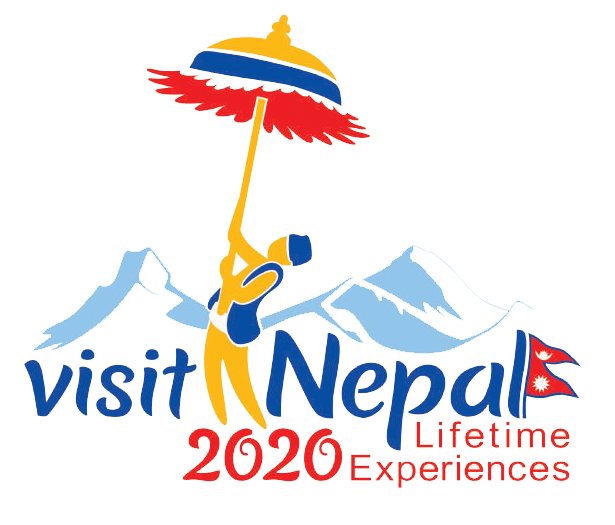- Home
- About Nepal
- Weather and Climate
About Nepal
Weather and Climate
Nepal has a Monsoonal climate with four main seasons - though traditionally a year was categorized into six distinct climate periods: Basanta (spring), Grishma (early summer), Barkha (summer monsoon), Sharad (early autumn), Hemanta (late autumn) and Shishir (winter).
Below is a general guide to conditions at different seasons:
- Heavy monsoonal rains from June to September - the rains are generally lighter high in the Himalayas than in Kathmandu, though the mountain peaks are often lost in cloud.
- Clear and cool weather from October to December - after the monsoon, there is little dust in the air so this is the best season to visit the hilly and mountainous regions.
- Cold from January to March, with the temperature in Kathmandu often dropping as low as 0°C (32°F) at night, with extreme cold at high elevations. It is possible to trek in places like the Everest region during the winter, but it is extremely cold and snow fall may prevent going above 4,000 - 4,500 meters (13,000 - 15,000 feet). The Jomosom trek is a reasonable alternative, staying below 3,000 meters (10,000 feet) with expected minimum temperatures about -10°C (14°F) (and much better chances of avoiding heavy snow.)
- Dry and warm weather from April to June - there is an abundance of blooming flowers in the Himalayas at this time, with rhododendrons, in particular, adding a splash of color to the landscape. Terai temperatures may reach or exceed 40°C (104°F) while Kathmandu temperatures are about 30°C (86°F). This is the best time to undertake mountain expeditions.
Compiled form: http://wikitravel.org/en/Nepal
